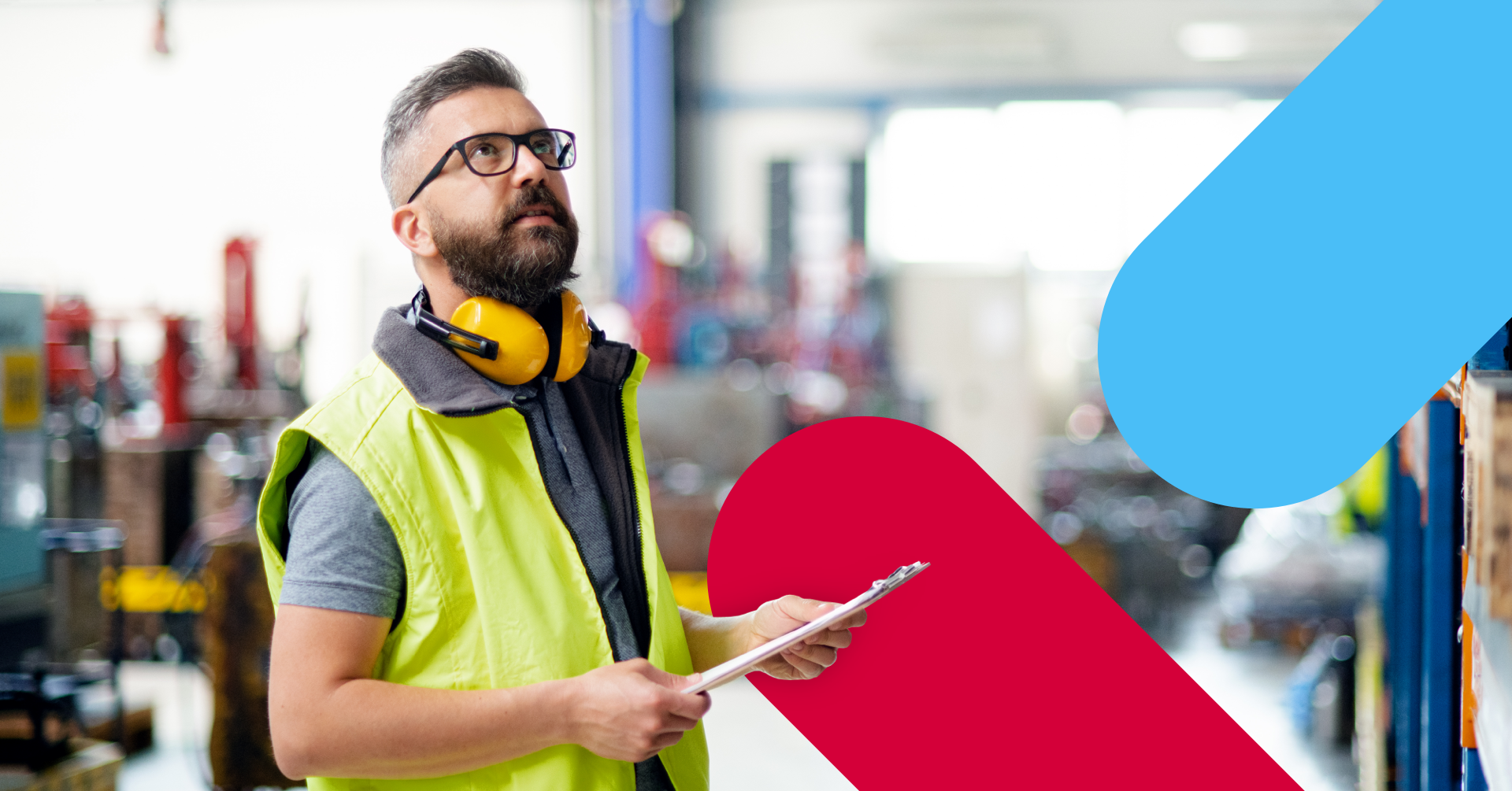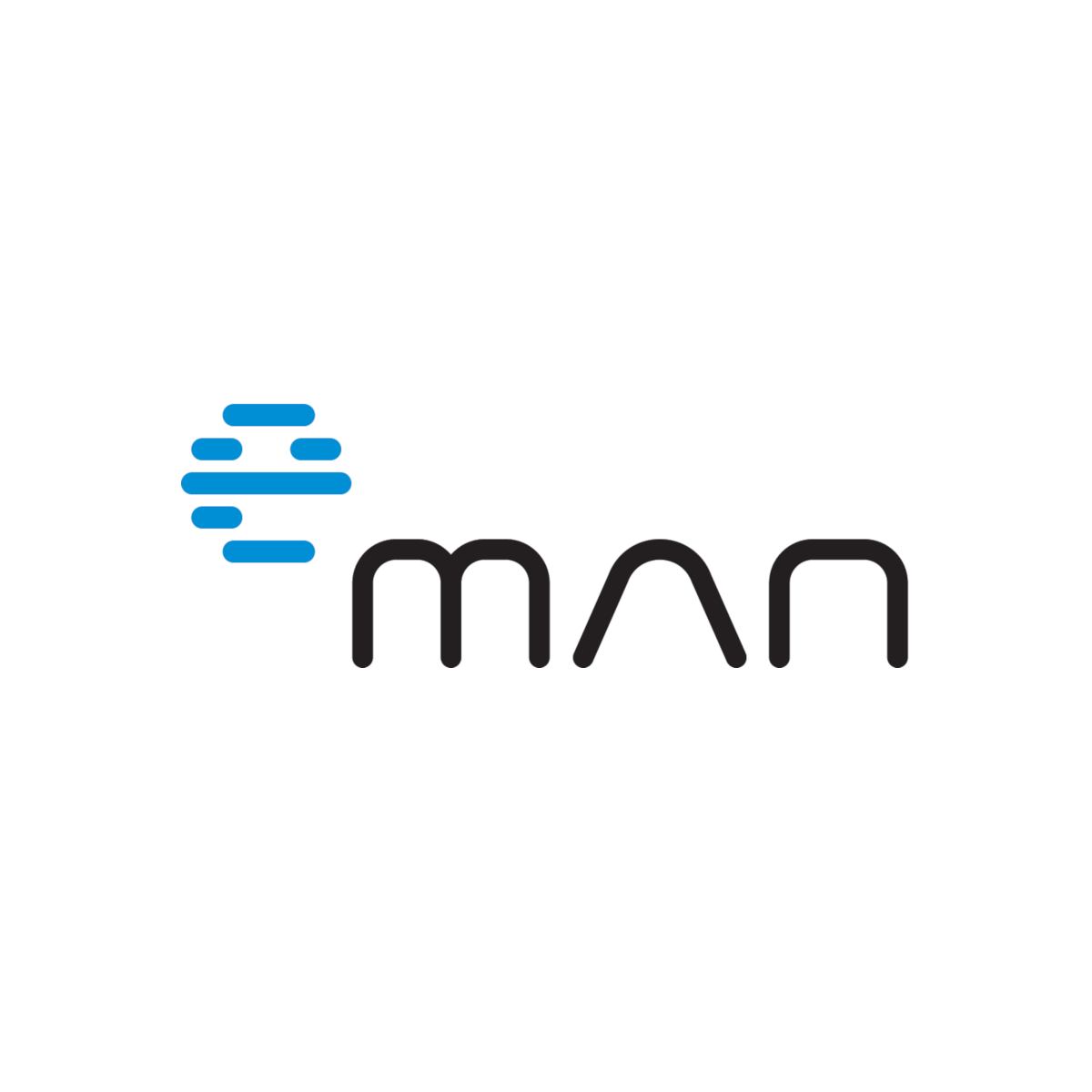The protection of human health should always come first. Consequently, digital trends are also extending to safety devices for work in industrial environments.
Digitization of craft and industry 3: The worker of today´s future

After smart boilers and augmented reality in air services, we have also been protecting people working in dangerous conditions. Unfortunately, we still have to wait for force field emitters and robotic suits. However, smart sensors and filters connected to machine learning are helping us already. This is what the working day of Mr. D., a fictional worker equipped with the tools we are working on, would look like.
A day at work
After arriving at work, Mr. D. puts on a work suit, complete with sensors for weight, air quality, and control of bodily functions. Together with this protective equipment, he dons a pair of headphones, which perfectly isolates him from the surrounding noise. Nevertheless, he is still able to hear important sounds, such as a passing cart or a colleague talking to him.
At some point, he assesses that a sound has been imprecisely filtered. So, he taps on his headphones to report a possible error. Machine learning, which recognizes sounds, marks a given sequence of sounds over time to subject it to deeper examination and comparison.
Mr. D. gets down to work. A lot of material passes through his hands, and he gets the feeling that today’s labor is somehow more rigorous than usual. In the early afternoon, he is instructed to leave the workplace. According to the sensors in his boots, he has already exceeded the maximum daily load limit, and his managers who received the warning signal give him the rest of the day off to ensure work safety.
As he walks around the construction site, a metal structure collapses right next to him. He is shocked; he has never experienced anything like this on a construction site – but he’s not injured. He gets the information in his headphones that everyone is okay and the site is safe to walk through. Relieved, he helps with debris clearance, and heads for his locker.
After work
For each of the workers, there is a record of the entire shift, including physical strain, noise pollution, air purity, and bodily functions. That’s how management knew immediately after the accident that no injuries had occurred. In the event of a calamity, they would know to whom to send immediate aid, and who can wait a while for help, even in the case of injury.
Machine learning checks all audio recordings, adjusts the parameters of its filters if necessary, and alerts you if the sound of any of the machines Mr. D. was moving around indicates that it is in poor condition.
Thanks to this information, measures can be taken on a regular basis to minimize accidents and injuries in the workplace, as well as prevent overextension of employees.
What next…?
Machine learning, coupled with headphones that filter sound, can soon enter everyday life. Amplifying a specific sound while muting the external acoustic signals is a breakthrough in controlling the influence of the environment on our senses.
Hand in hand with further developments in Industry 4.0, more such safety devices will make industry a satisfactorily safe place to work.
